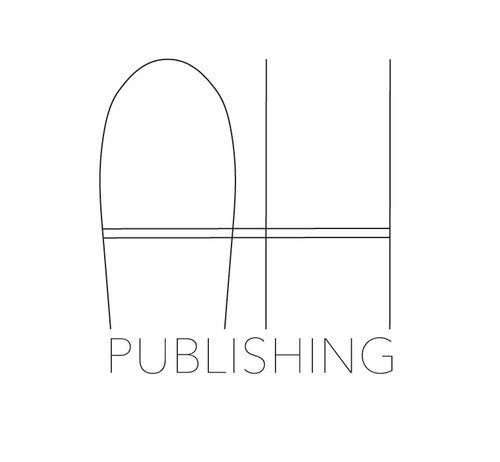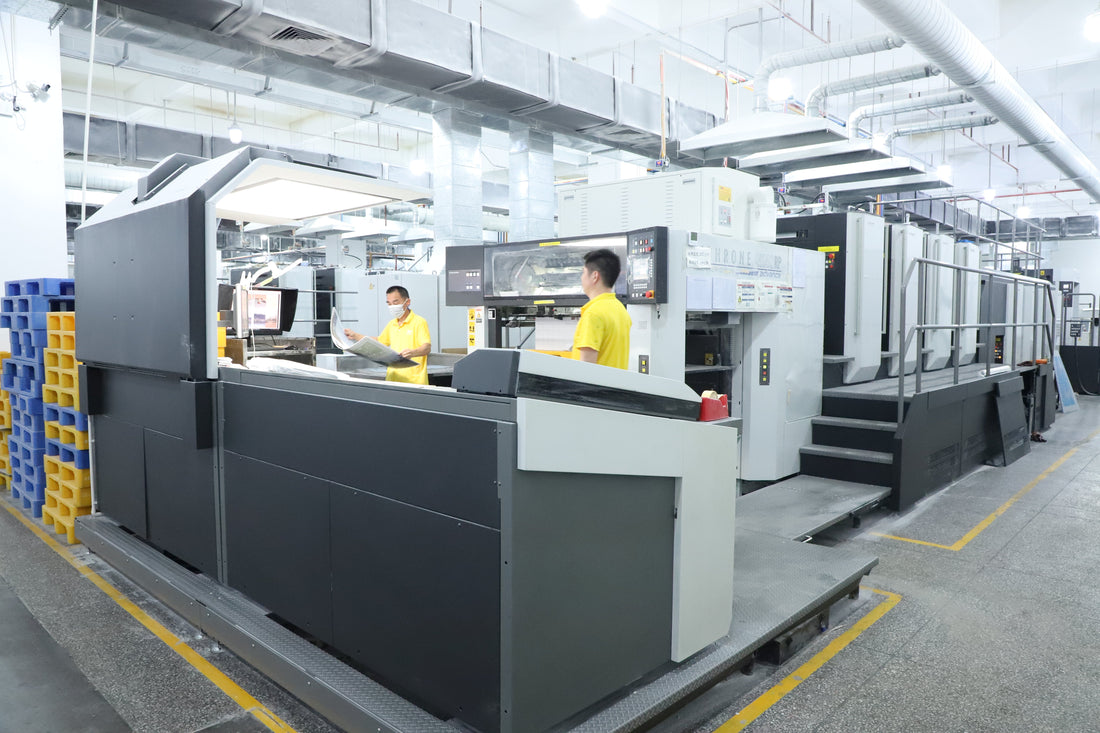If you are signed on with a traditional publisher, they will be coordinating the printing and production process on their end. You will likely not be involved in this. For larger press runs, offset web-pressprinting is used. A web-press uses an uncut roll of paper to print and the trimming and collating mechanism for the pages is part of the machine. Long rolls of paper run through the press continuously at high speeds for quick and cost-effective printing of larger volumes. If you’ve seen videos from movies of newspapers printing in long sheets running through on a fast, conveyor-belt mechanism, that is what web-printing looks like. Because of the cost of running these large machines and set up work to begin printing, web-press printing is typically reserved for large runs. If you are printing tens of thousands of copies, it can be a cost-effective way to print offset at a better rate than a standard sheet-fed offset printer. A sheet-fed offset printer uses pre-trimmed sheets to print on (these sheets are referred to as signatures when printed, or the printed sheet), which are then folded and trimmed to make up the book’s pages. This is cost-effective for medium-run printing, and good for high-end art books as it allows you to review and check/calibrate color during the print process as printing goes without stopping a giant roll of paper that is spinning. Print runs for offset printing are ideal for art books and printings of 1,000–9,999 copies. The up-front costs of set up and plating the sheets to print is a large part of the cost, so for smaller runs under 1,000 copies, it can be impractical due to economics of small batch printing. If you are looking to print 750 or fewer copies, digital printing may be the right option. Digital printing is done on high-end digitally printed presses (Indigo and Epson are very common brands). Digital printers do not use plates (metal engraved plates that are applied to rollers to apply the different ink colors, CMYK or spot colors). Files are sent digitally to the printer and output from a digital file cutting down on initial set up costs and space, specialized equipment, and training needed to offset print. This makes it more effective for small print runs or print-on-demand (POD) publishing in which books are only printed when ordered. This protects you from ordering excess inventory you don’t need or may not be able to sell, and from an ecological perspective is more earth-conscious as it does not have as much material wastage or potential for wastage of unsold books. POD and digital printing are good for self-publishing authors or if you are working with a hybrid publisher who uses it to reduce overall costs and material overhead. The choice of printing method will likely depend upon the type of publishing program and print-run. Gauge up front your anticipated sales and plan for that. Typically speaking, regardless of the method you use, the more copies produced the cheaper the overall cost per copy becomes due to economics of scale. This is less of a factor for digital printing as the setup costs are lower, but if you need 1,000 or more copies, looking into offset printing may be worthwhile to get a better overall printing and a better overall unit price for the larger up-front investment. Gauge your needs and goals. The type of book you plan to print will also determine how you need to print. Printing a high-end art book with lots of color, photographs, and on special materials for a bespoke look? Offset printing of some kind is likely needed to achieve a quality level of note. Are you printing something that is mostly text or text only (maybe some black and white images)? Digital printing may be a good fit for small runs. If your run is large enough, single-color web-fed printing is very cost effective for small batches, which is why it is depicted and favored in the newspaper industry for simple, high-volume production, and by major publishers for trade paperback editions of bestsellers.
Always consider the volume, your intended quality, your budget, and your goals for the book.

